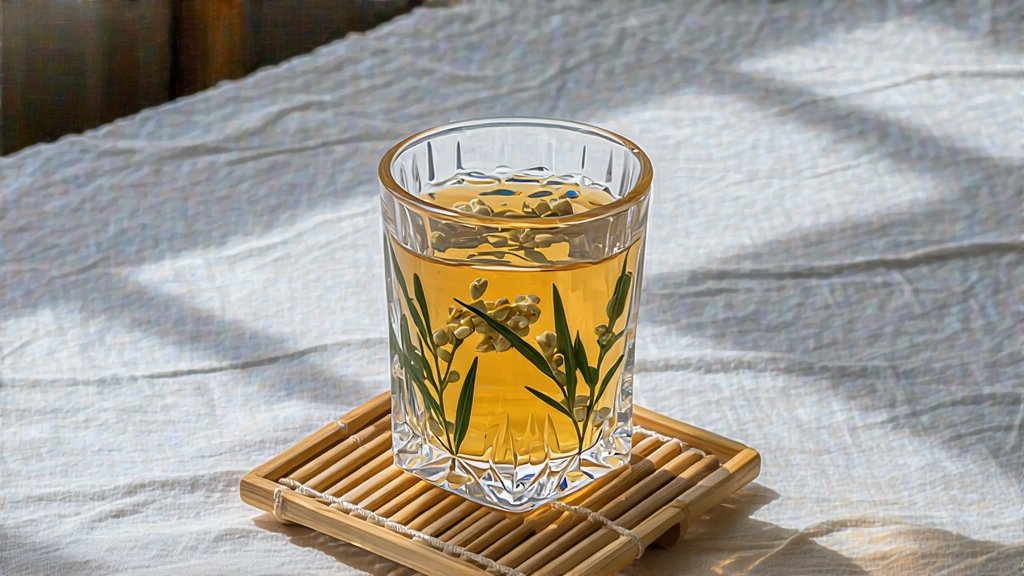
Among the six great families of Chinese tea, white tea is the least assertive yet the most elusive, and within that family Fuding Silver Needle (Bai Hao Yin Zhen) reigns as the uncrowned prince. International drinkers often meet white tea through bagged “bai mu dan” blends, but the pinnacle experience is a hand-full of Silver Needle buds turning a bowl of water into liquid moonlight. This essay invites you to travel beyond the label, into the hills of northern Fujian, to witness how a single bud can carry centuries of monsoon, sea-mist, and human restraint.
-
Historical whispers
Song-dynasty emperor Huizong (1082-1135) was the first recorded aficionado of “white buds,” praising their “jade frost” appearance in his Treatise on Tea. Commercial production, however, did not crystallize until the late Qing, when Fuding’s port at Shacheng shipped compressed white bricks to Hong Kong and Southeast Asia as a light, sweet antidote to tropical heat. In 1891 a Fuding merchant named Wu Dechang selected only the fattest spring buds, sun-dried them on bamboo screens, and sent the loose, down-covered tips to Canton foreign firms under the poetic name “Silver Needle.” European medical journals of 1906 already listed it as a “fever-cooling draught,” testimony to its early global reputation. The 21st-century boom in minimally processed teas has simply restored to this quiet leaf the spotlight it briefly held a hundred years ago. -
Terroir: where the mountains meet the East China Sea
Fuding county lies at 27° N, the same latitude as the tea-famous Uji region of Japan. The Daiyun mountain range traps humid maritime air, creating morning fogs that filter UV and slow photosynthesis; the result is buds rich in amino acids yet low in bitter catechins. Soils are weathered granites with a quartz shimmer—well-drained, slightly acidic, and laced with selenium leached from decomposed feldspar. Locals insist that the true “core zone” is limited to five villages—Guanyang, Panxi, Taimu, Yachuan, and Huanglan—where the average altitude of 500–800 m offers a 7 °C diurnal swing, perfect for withering. -
Cultivar bloodlines
Silver Needle is not a generic white tea; it must be made from either Fuding Da Bai or the even rarer Fuding Da Hao bush. Da Bai (“Big White”) produces a plump bud 2.5–3 cm long, while Da Hao (“Big Down”) bristles with 10 % trichome density, giving the dried tea a silvery aurora. Both cultivars were selected in the 1850s from wild tea trees growing on the volcanic slopes of Taimu Mountain; grafting has kept the gene pool remarkably pure, and clonal gardens are still propagated by single-node cuttings rather than seed to preserve bud morphology. -
Craft: the art of doing almost nothing
Harvest begins at dawn on the first连续 three days after the Qingming festival when the dew point is 16 °C and buds pass the “three tenderness tests”: they snap silently, exude a milky drop when squeezed, and taste like raw cucumber. Pickers wear cotton gloves to avoid contact with skin lipids; each basket is lined with fresh banana leaves to prevent bruising. The buds are then spread on water-woven bamboo trays 1.5 cm thick and left under a high-ceilinged withering loft for 36–48 hours. No fans, no machines—only cross-ventilation from louvered windows and the natural rhythm of mountain air. Around midnight the master opens the shutters wider, allowing cool downdrafts to lock in the floral precursors. At 5 a.m. the trays are carried into a weak morning sun (≤28 °C) for no more than 20 minutes; this brief solar kiss caramelizes surface sugars, creating the hallmark “cream top” note. Finally the buds rest in a charcoal-warmed room kept at 26 °C and 65 % RH for another 24 hours, reducing moisture to 8 % without ever exceeding 35 °C. The entire process is a choreography of restraint: oxidation is allowed to reach only 5–8 %, preserving the silvery hairs and a pale